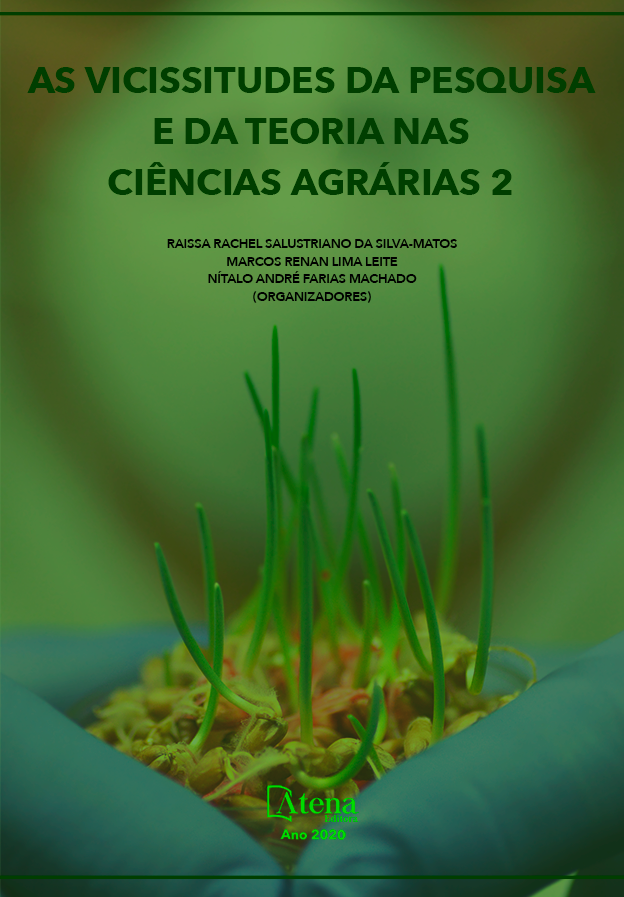
DESENVOLVIMENTO E ANÁLISE DE UM DESIDRATADOR DIDÁTICO COM SISTEMA AUTOMATIZADO DE AQUISIÇÃO DE DADOS
A secagem de alimentos é uma antiga técnica de conservação, que visa solucionar problemas de deterioração dos produtos pós colheita. No Brasil, a secagem por meios naturais é predominante, devido ao clima favorável e o baixo custo de operação. No entanto, através deste método não é possível ter controle preciso e monitoramento de parâmetros importantes para secagem, como temperatura e umidade relativa. Por isso, objetivo do presente trabalho foi desenvolver um desidratador didático e implementar sistema de aquisição de dados, através da plataforma Arduino, capaz de monitorar as condições de temperatura e umidade relativa do ar em diferentes pontos da câmara de secagem com o uso de sensores. Para controlar a temperatura no secador, foi utilizado o controlador PID, sintonizado pelo método de Ziegler-Nichols. Foram realizados ensaios para verificar o comportamento do fluxo de ar no desidratador, analisados por meio de delineamento estatístico de blocos casualizados em esquema fatorial. Desta forma, a temperatura do ar de secagem pode ser controlada e monitorada, conforme o projeto de automação e controle.
DESENVOLVIMENTO E ANÁLISE DE UM DESIDRATADOR DIDÁTICO COM SISTEMA AUTOMATIZADO DE AQUISIÇÃO DE DADOS
-
DOI: 10.22533/at.ed.46420031111
-
Palavras-chave: Secagem, Automação, PID
-
Keywords: Drying, Automation, PID
-
Abstract:
The drying of food is an old technique of conservation, which aims to solve problems of deterioration of the products in the post-harvest. In Brazil, drying by natural means is predominant, due to the favorable climate and the low cost of operation. However, through this method it is not possible to have precise control and monitoring of parameters important for drying, such as temperature and relative humidity. Therefore, the objective of the present work was to develop a didactic dehydrator and implement a data acquisition system through the Arduino platform, able to monitor the temperature and relative humidity conditions of the air at different points in the drying chamber with the use of sensors. To control the temperature in the dryer, the PID controller was used, which was tuned by the Ziegler-Nichols method. Tests were performed to verify the air flow behavior in the dehydrator, analyzed through a statistical design of randomized blocks in a factorial scheme. In this way, the drying air temperature can be controlled and monitored, according to the automation and control design.
-
Número de páginas: 15
- Fernanda Carvalho Vargas Gonçalves
- Marcus Vinícius Morais de Oliveira
- José Lucena Barbosa Júnior
- Madelon Rodrigues Sá Braz
- Juliana Lobo Paes


